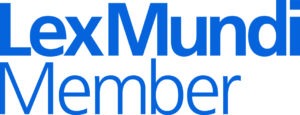November 15, 2024
Vietnam’s new Decree No. 147/2024/ND-CP on the management, provision, and use of internet services and online information (“Decree 147”), which will come into effect on December 25, 2024, replacing Decree No. 72/2013/ND-CP (“Decree 72”), introduces several changes to the regime for domain name dispute resolution. The new decree aims to clarify the legal framework and address some longstanding inconsistencies between Vietnam’s laws on intellectual property and information technology.
The main changes related to domain name dispute resolution under Decree 147 are summarized below.
Removal of Prescriptive Actions
Decree 147 no longer lists specific actions for resolving domain name disputes. Decree 72 had outlined three methods: negotiation/mediation, arbitration, and court. However, IP practitioners had long criticized this approach, arguing it conflicted with the IP Law, which additionally allows administrative action.
By omitting these methods, the new decree implies an acceptance of administrative action as provided in the IP Law. However, Decree 147 remains silent on establishing a dispute resolution forum aligned with the CPTPP’s requirement for a UDRP-like model. Currently, Vietnam’s available forums do not fully conform to the UDRP framework. An anticipated circular may provide further guidance on this aspect.
Deactivation of Domain Names
Decree 72 does not have any provision on the deactivation of a domain name. However, Decree 147 has stipulated some situations where domain names will be deactivated, such as when there is a request from an authority, or when it is discovered that incorrect information was used for registration.
Clearer Criteria for Dispute Resolution
Article 16 of Decree 147 sets out three clear criteria that must be met for domain name dispute resolution to proceed: (i) confusing similarity with the plaintiff’s trademark, trade name, or personal name; (ii) the defendant’s lack of legitimate rights or interests in the domain name; and (iii) bad faith.
Previously, Decree 72’s broader list of elements led to potential




